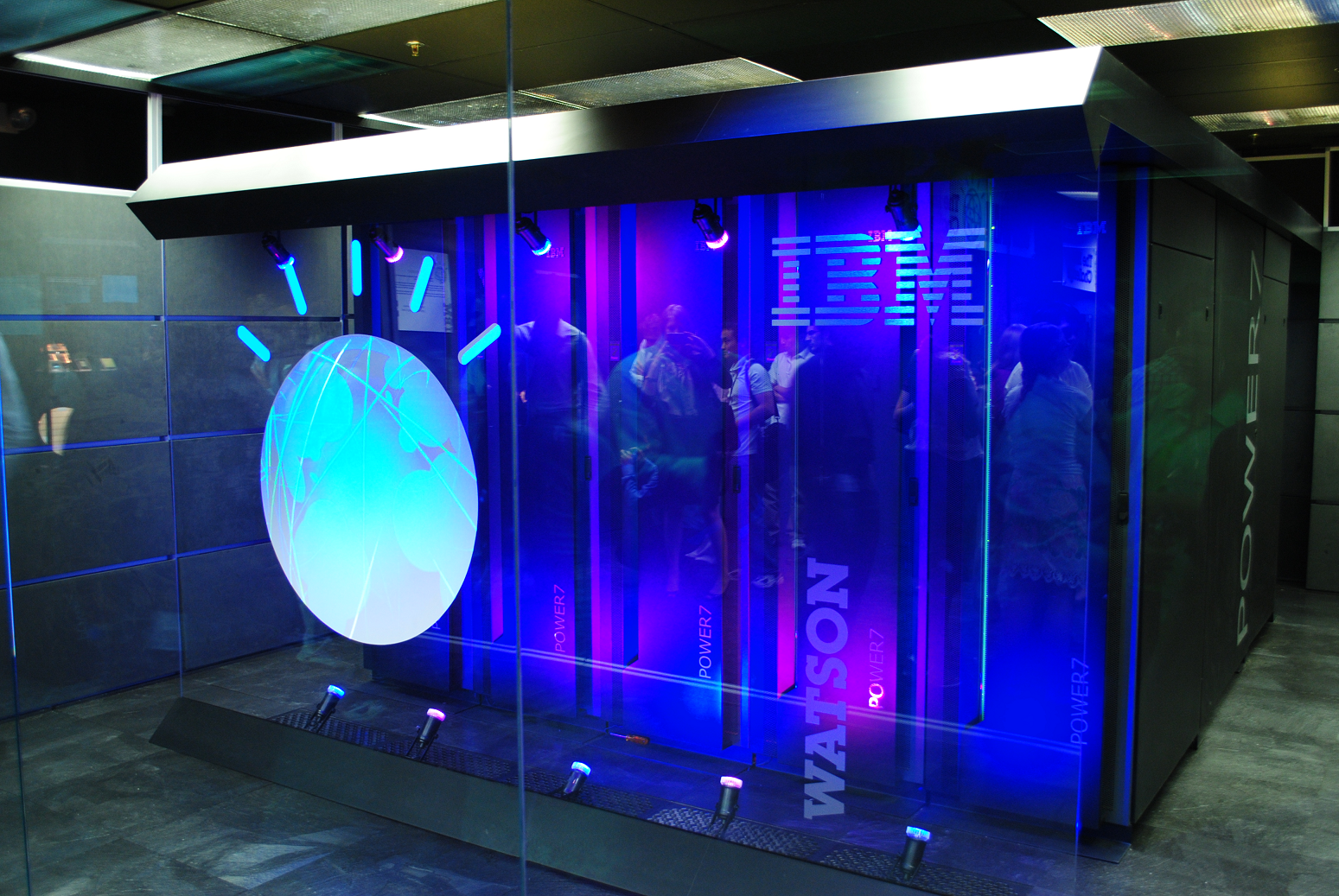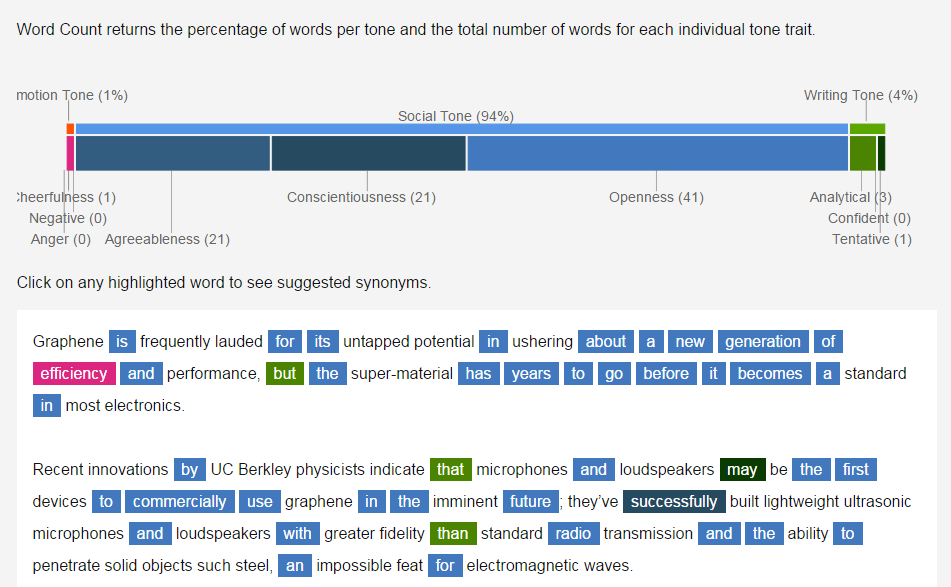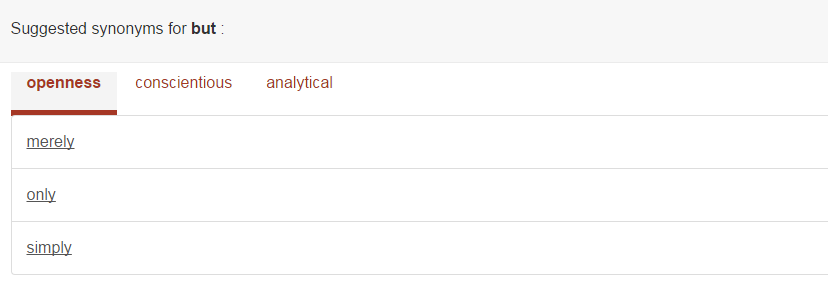
Expanding its roster of expertise beyond Jeopardy, cooking, banking, and healthcare, IBM’s Watson supercomputer will now venture in to the world of copywriting. Earlier this month, Big Blue announced the Watson Tone Analyzer, a tool capable of performing automatic linguistic analysis on text to scrutinize the writer’s tone and suggest an alternative word choice. The system is the latest addition in the cognitive computing suite of applications, which leverage the supercomputer’s depth of scale to solve issues in healthcare, banking, and retail.
Tone Analyzer functions much like a spell check, in that a user simply inputs their desired text and clicks a button to receive a detailed analysis governing three aspects of tone and their subsets: emotional (cheerfulness, negative emotions, anger), social (openness, agreeableness, and conscientiousness), and writing style (analytical, confident, and tentative). Afterwards, it supplies an alternative list of words to soften or strengthen the desired tone.
Tone Analyzer is currently in a state of beta, but a demo version is freely accessible to all who wish to take the plunge. Naturally curious if an AI will someday take my own job, I uploaded a chunk of text from one of my earlier articles to see just how capable Watson is. After clicking “Analyze,” I was presented with the following chart:

Selecting a highlighted word provided a list of synonyms within each subsets of that word’s primary classification. Since Watson labels the word “but” as a social tone, the system generates a list of synonyms that suggest openness, conscientiousness, or “analytical,” allowing me to enhance whichever of the these attributes I deemed appropriate for the context.

IBM claims that “tone-checking” grants us deeper insight into how we come across in our writing, allowing us to fine tune our personal and professional communication to achieve a desired effect in our editorial, marketing, or social media endeavors.
“For example, in the context of a marketing campaign, this API could be used together with Personality Insights to help a brand understand the personality attributes of target customers,” IBM said, “and use Tone Analyzer to help craft and refine a message with a tone of language that would best resonate with those customers.”

Experimenting a bit further, I discovered that Tone Analyzer (more often than not) lacks the necessary understanding of context to function as an essential tool in a writer’s arsenal — at least in its current state. In one instance, it suggested I replace the word energy in the phrase “graphene membranes are very efficient at converting the energy driving the device into sound,” with Department of Energy. Nevertheless, the system provides an amusing overview into the overall tone of the text.
Source: Engadget + Fastcompany via IBM
Advertisement
Learn more about Electronic Products Magazine





